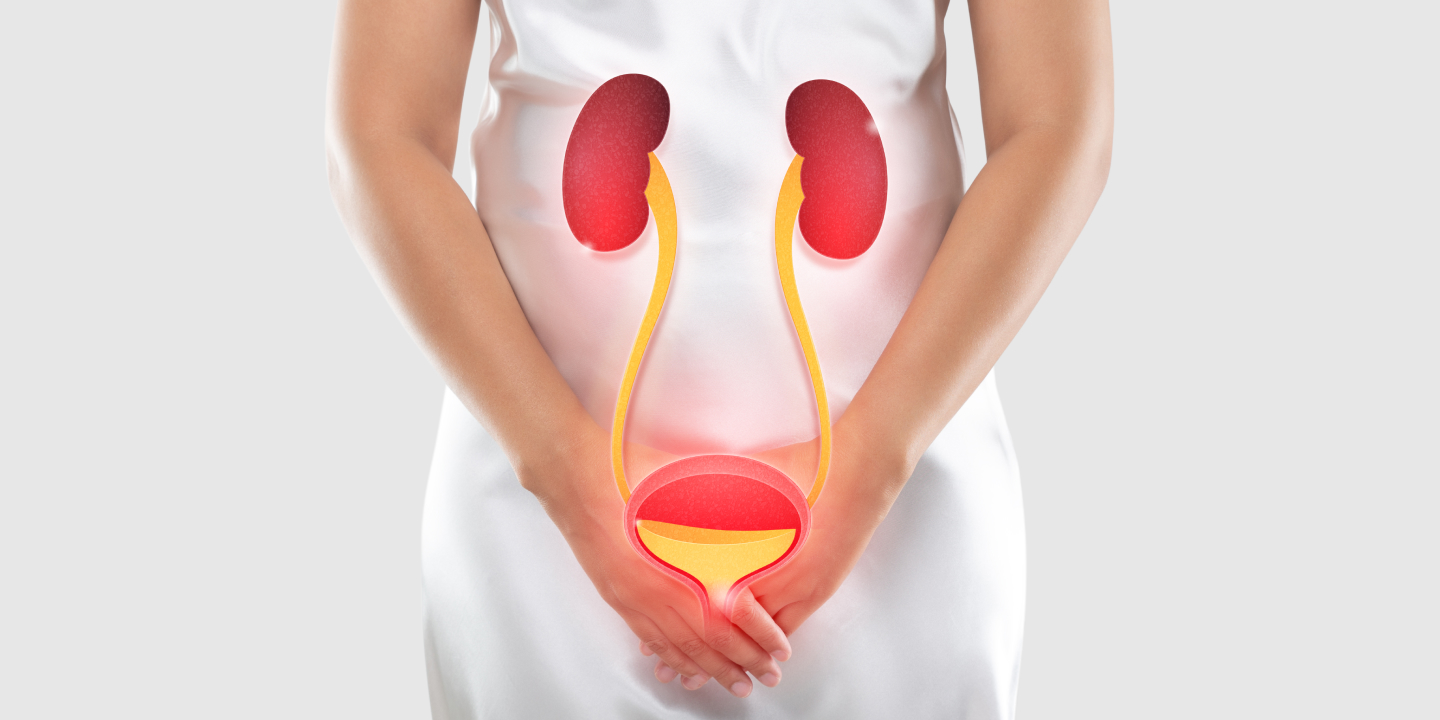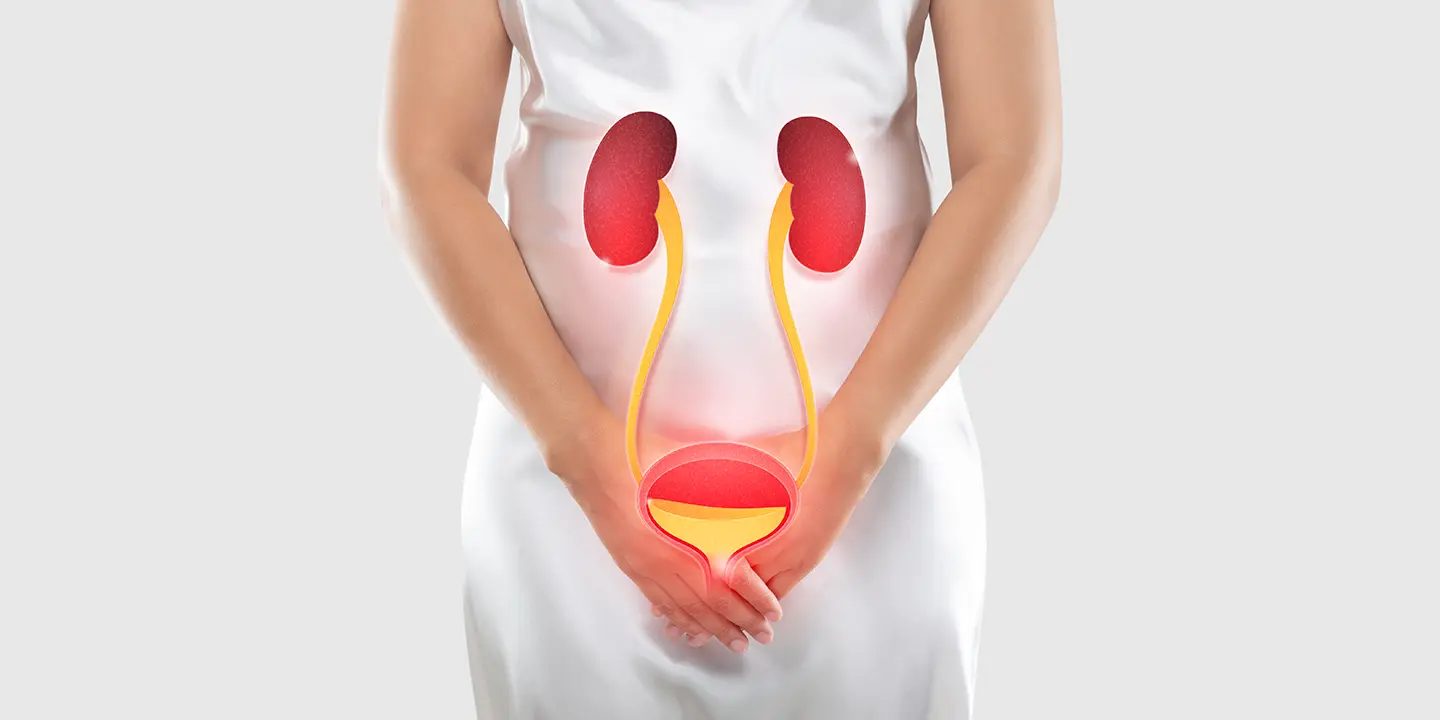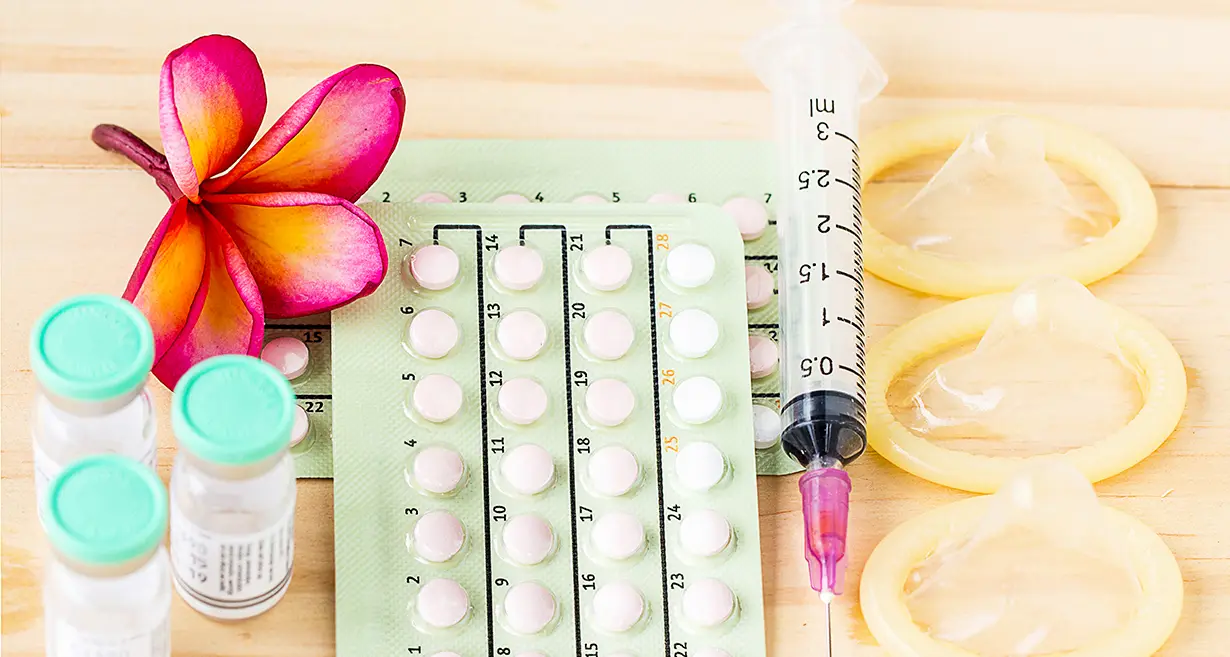
Laparoscopy is a minimally invasive procedure that is used to examine or/and treat the organs inside the abdomen and pelvis. It is a safe procedure that involves small incisions, less pain, lower risk of complications, and a shorter recovery period.
Where is Laparoscopy used
A laparoscopy is performed to diagnose and/or treat various gynaecological conditions. Some of them include:
- Endometriosis
- Ovarian cyst
- Fibroids
- PCOS
- Tuberculosis
- Ectopic pregnancy
- Infertility
- Tubo-ovarian masses
- Chronic pelvic pain
- Abnormal bleeding patterns
- Tubal blockage
- Abnormal pelvic and uterine anomalies
Benefits of Laparoscopy
Unlike other abdominal surgeries, laparoscopy offers multiple benefits, including:
- Smaller incisions
- Little or no visible scarring
- Quick procedure
- Minimal pain
- Lower risk of infection
- Less internal scarring
- Minimal recovery period
Procedure of Laparoscopy
In laparoscopic surgery, the surgeon makes an incision in the abdomen and then inserts a tube named cannula. The cannula is inserted to inflate the abdomen with carbon dioxide, allowing the surgeon to see the organs more clearly. After the inflation of the abdomen, the surgeon inserts an instrument called laparoscope through the incision.
A laparoscope is a thin tube attached with a high-resolution camera and high-intensity light. As it moves along, the camera displays the images on the screen and allows the organs to be seen in real time. After the procedure, the instruments are removed and the incisions are closed with stitches.
This procedure is performed under general anaesthesia to avoid any discomfort to the patient throughout the surgery. Furthermore, the size and number of incisions depend on the underlying disease. Usually, a patient gets 1-4 incisions and the length may vary between 1-2 centimetres.
Risks associated with Laparoscopy
There are very less or no risks associated with laparoscopy. However, some of the minor complications include:
- Minor bleeding
- Infection
- Bruising
- Inability to urinate
- Nausea or vomiting
Recovery after Laparoscopy
The laparoscopic surgery is performed on an outpatient basis. Though the surgery is safe, patients may experience little pain and throbbing at the site of incisions following the surgery. It is also common to experience little throat pain along with shoulder pain, which is a result of the insertion of the carbon dioxide gas. However, these after-effects go away after a few days and patients can get back to their normal activities within a week.
According to the best gynecologists in Delhi, it is extremely important to follow post-operative care guidelines for faster recovery. These guidelines include:
- Get good sleep
- Use painkillers to ease sore throat and shoulder pain
- Wear loose clothes
- Begin light movements to reduce the chances of blood clots
Laparoscopic Surgery Cost
The cost of laparoscopic surgery in Delhi depends on the location and complexity of the surgery. However, it is extremely important for patients to undergo the surgery only at the best gynecology clinic wherein skilled and experienced gynecologists are known to perform the procedure with utmost care and precision.






























































































































































































